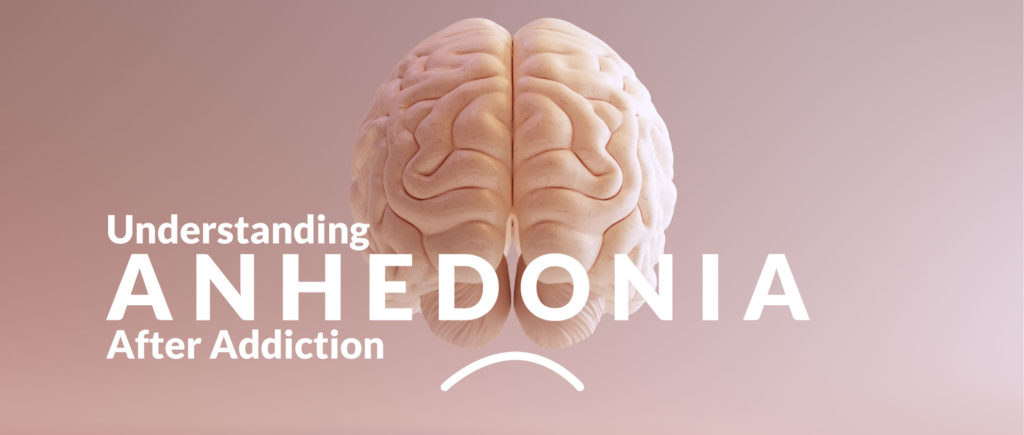How To Interpret the Results of Tree House Recovery’s Anhedonia Quiz
About Diagnosing:
When it comes to diagnosing mental health problems like anhedonia there is usually a degree of uncertainty involved. After all many conditions share symptoms. A person’s genetics, medical history, age, sex, lifestyle, and environment may all play a role in mental health disorders.
To be as accurate as possible, doctors use what’s called a differential diagnosis. Meaning they map out all your symptoms, then ask you questions in order to try and eliminate as many possible causes as they can until there’s one diagnosis that makes more sense than the other options. Of course, there can still be an element of doubt when making a diagnosis, which is why most mental health professionals will schedule follow-up appointments. If it turns out that the diagnosis is wrong then the adverse effects of treatment can actually help get to the correct diagnosis.
The Anhedonia Quiz:
When it comes to understanding your results for the anhedonia quiz we use a different method that is less reliable than consulting a medical professional but utilizes a similar method. Most cases of anhedonia are a product of Major Depressive Disorder (MDD) produced by a shortage of dopamine and serotonin in the brain. The result is a lack of joy, motivation, energy, or focus that can make any action feel onerous while simultaneously making us long to re-engage with our life.
Understanding the Results of your Anhedonia Quiz:
Tree House Recovery’s anhedonia quiz asks questions about the symptoms of anhedonia and Major Depressive Disorder. Similar to a differential diagnosis, the more symptoms you exhibit the more likely it is that you’re struggling with anhedonia caused by MDD. But just like with a doctor, there is no such thing as 100% certainty. There are several other conditions that can cause a dopamine or serotonin imbalance. If any of these run in your family, it is important that you get advice from a medical professional.
Interpreting the Numbers of Your Anhedonia Results:
If you’ve taken our anhedonia quiz, you were shown these numbers plus your score out of 32.
“
If you scored zero: You have no symptoms of anhedonia
If you scored between 4-11: You may have 1 or 2 symptoms of anhedonia
If you scored between 12-19: You may have 3 or 4 symptoms of anhedonia
If you scored between 20-27: You may have 5 or 6 symptoms of anhedonia
If you scored between 28-32: You may have most or all the symptoms.
Starting with the obvious, if you scored zero it’s all but certain you do not have anhedonia either at all or at least not consistently. Likewise, if you scored a 20 or above it is more likely than not that you are struggling with anhedonia caused by MDD or some other condition and you should consult a medical professional or therapist to help you ease the symptoms of your anhedonia. But if you’re not at the high or low end of the spectrum then the question that’s likely on your mind is “how can I be sure that something’s wrong?”
The answer to that is irritatingly simple. If you’ve been wondering this long enough to be here reading this then it at least warrants some investigation by a professional. Meaning if you scored above a 4 but below a 20, it is in your best interest to investigate what is going on. When it comes to the brain and mind, every effect has a cause, and depression is a signal from your body that something(s) are not right. If you want it to change, you must also change. Obviously, this isn’t always simple which is why professional help is so important. If you’d like advice on affordable therapists you can call us anytime at 855-202-2138. You can also log on to openpathcollective.com for affordable therapists near you.


